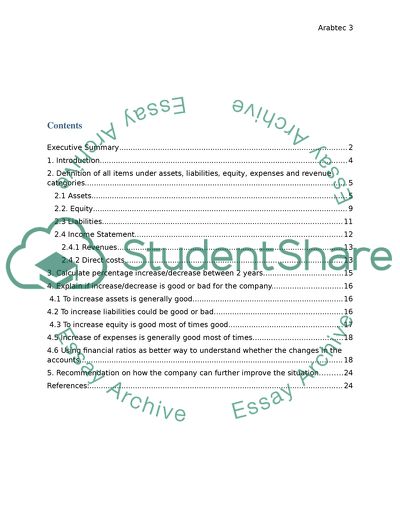Cite this document
(Analysis of Balance sheet & income statments Research Paper, n.d.)
Analysis of Balance sheet & income statments Research Paper. https://studentshare.org/finance-accounting/1823208-analysis-of-balance-sheet-income-statments
Analysis of Balance sheet & income statments Research Paper. https://studentshare.org/finance-accounting/1823208-analysis-of-balance-sheet-income-statments
(Analysis of Balance Sheet & Income Statments Research Paper)
Analysis of Balance Sheet & Income Statments Research Paper. https://studentshare.org/finance-accounting/1823208-analysis-of-balance-sheet-income-statments.
Analysis of Balance Sheet & Income Statments Research Paper. https://studentshare.org/finance-accounting/1823208-analysis-of-balance-sheet-income-statments.
“Analysis of Balance Sheet & Income Statments Research Paper”. https://studentshare.org/finance-accounting/1823208-analysis-of-balance-sheet-income-statments.


